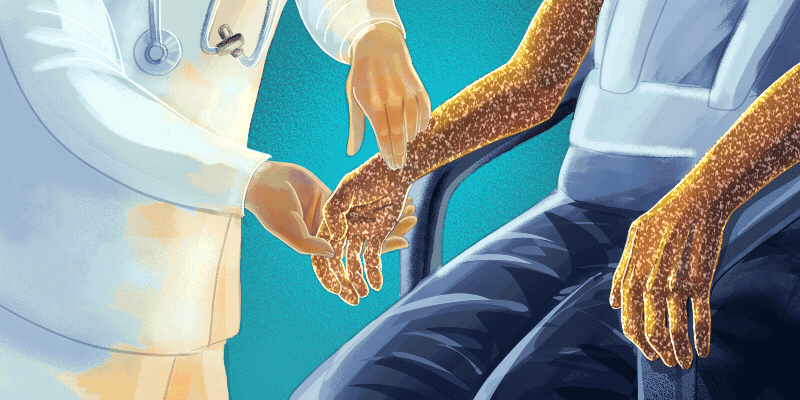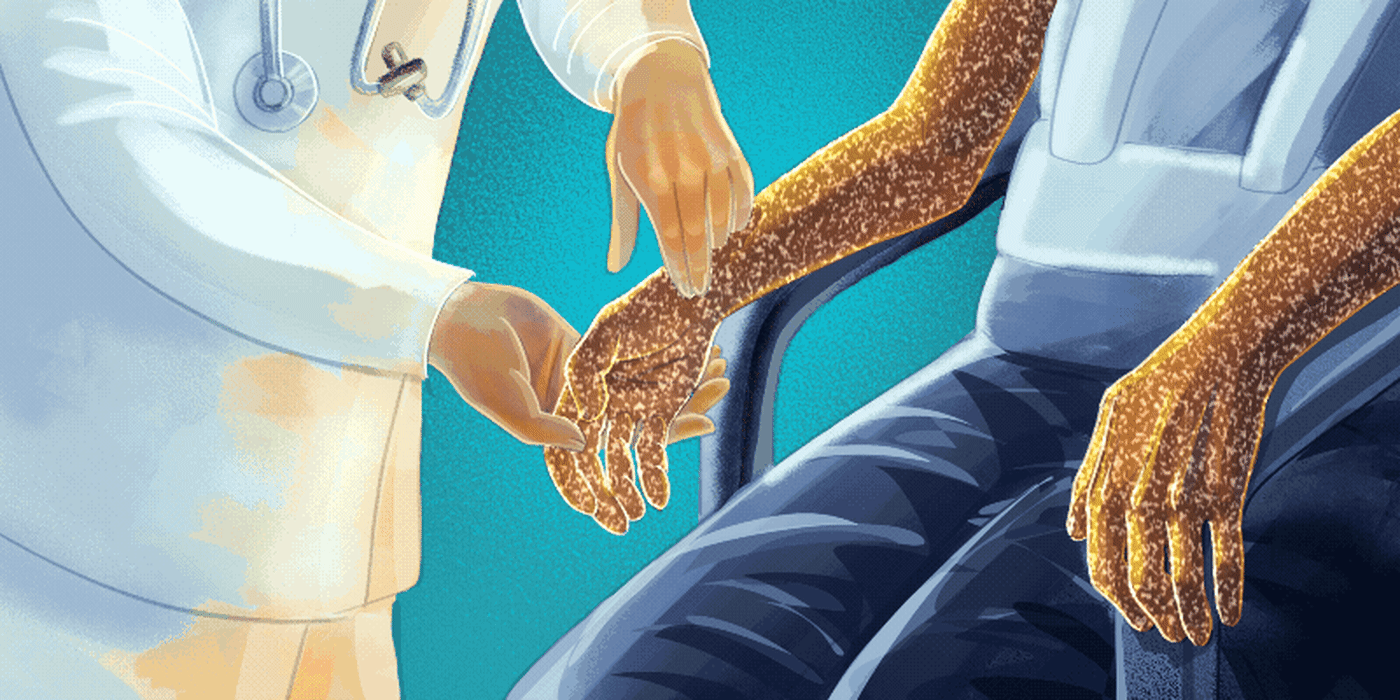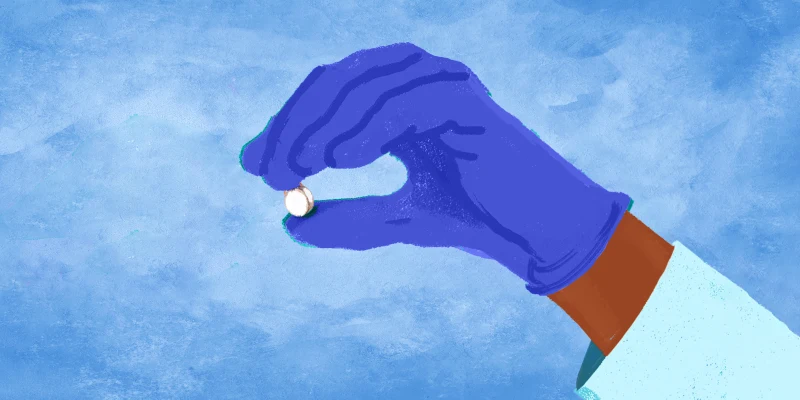
My first code was the first patient that I examined as a second-year medical student in my Clinical Skills physical examination class. As a rule, we practiced physical examination skills on other medical students, but once a month we would meet our physician instructor on the wards in our academic teaching hospital. It gave us an opportunity to practice our new physical examination skills on an actual patient.
For my first assigned patient, my instructor was unexpectedly called away at the last minute. The senior resident on the internal medicine team that day was asked to fill in. She was also asked to assign me a patient to examine. I met the resident at the appointed time outside my patient’s room. The resident was being bombarded with admission calls and was distracted from observing and supervising my physical exam appropriately.
We entered my patient’s room. It was a sunny summer day, and my patient was a thin elderly African American man sitting in a bedside chair near his window, restrained by a Posey vest. A beam of sunlight shone directly on him; it seemed to shimmer on the skin of his arms. He sat quietly, his eyes wide open, looking directly at us. His hands rested on the arms of his chair. He looked calm, almost serene.
The resident was distracted by yet another page. “Go ahead and introduce yourself, and start the exam,” she said as she took the call in the far corner of the room.
I approached my patient and introduced myself. I held out my hand for a handshake, but he just stared at me. Not sure what to do, I asked timidly, “Do you mind if I ask you some questions as to why you are in the hospital?”
He just stared at me.
I turned to my resident. She was busy on the telephone. “I can’t seem to get him to respond to questions. What should I do?” Distractedly, she replied, “Just start with your physical exam then.”
I started with observation. I noted that what I had initially taken as sunlight shimmering on his arms was actually a curious crystalline-appearing white frost on his skin. Reflexively, I rubbed a finger across his arm. The material left a streak on my finger. Even though it looked like ice crystals, it was not cold but rather body temperature. The crystals dissolved somewhat when I rubbed them between my fingers.
The patient continued to just stare at me. I began to sense that something was not right with him. Rather than start with taking his blood pressure, I decided to feel for his radial pulse. We had practiced this on other medical students already, and I felt confident that I could do this part of the exam easily. But I couldn’t feel his pulse at all.
I turned and told my resident, “I can’t seem to find a pulse …”
About that time, the patient rolled his eyes upward, dropped his head forward, and died.
“Oh, crap!” cried the resident. She yelled out into the corridor to a nearby nurse: “Call a code!” She dropped her phone, ran to the patient, and rapidly untied the Posey vest. We quickly lifted the patient onto his bed. The room rapidly filled with the code team, and I was pushed to a back corner of the room. I watched in fascination as the code progressed.
A nurse jumped on the bed and began chest compression. I heard several of the patient’s ribs crack. Several rounds of cardiac defibrillation were attempted, to no effect. The code was called after 20 minutes. Everyone filed out of the room, and I was left with my dead patient, now covered to his shoulders with a white sheet. He still looked as serene as when I first saw him. A total of 30 minutes had passed since I had walked into his room.
It turned out that he had terminal metastatic renal cell carcinoma. The white crystalline material on his skin was uremic frost, a sign of end-stage renal failure when uremic crystals are actually extruded onto the surface of the skin. It is a physical exam finding that I have not seen again in 30 years of practice. Due to advanced dementia and a lack of family members to ask, he had never been classified as a DNR.
I remember that day as if it was yesterday. In retrospect, my patient was a terrible choice to give to a medical student for his first physical exam (and my resident supervisor might have paid closer attention). But rather than discourage me, I used the opportunity to learn about renal failure and uremic frost. I learned about conducting a code, and became ACLS certified. I went on to become a medicine ward attending for 21 years — and I always made sure to give my new medical students a living patient who could communicate with them. I also made sure to block an hour without distraction to properly teach them the art of the bedside exam.
Dr. Latham is an endocrinologist and clinical assistant professor of medicine at the Prisma Health System in Greenville, South Carolina. He teaches second-year medical students clinical reasoning and clinical skills at the University of South Carolina School of Medicine–Greenville, and medicine and medicine/pediatric residents in his endocrinology office practice.




